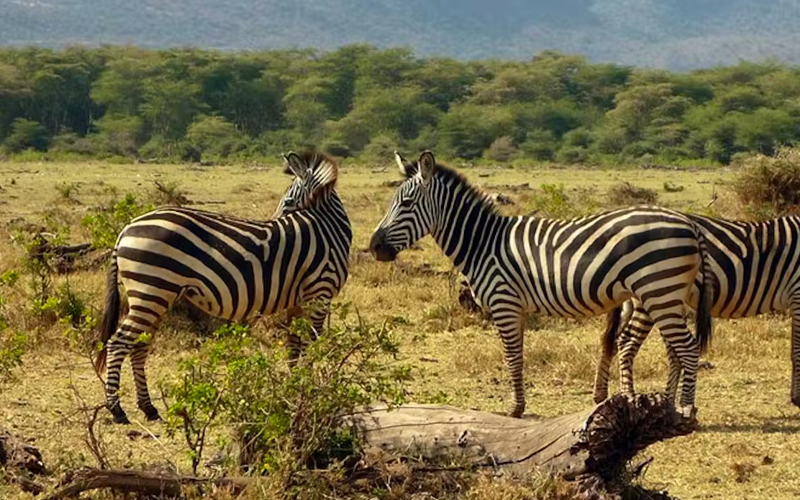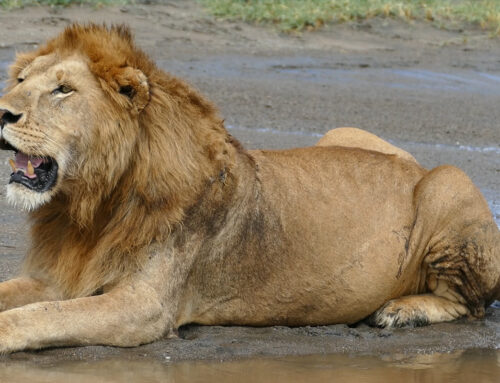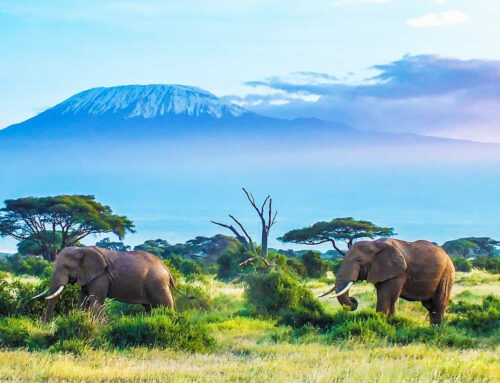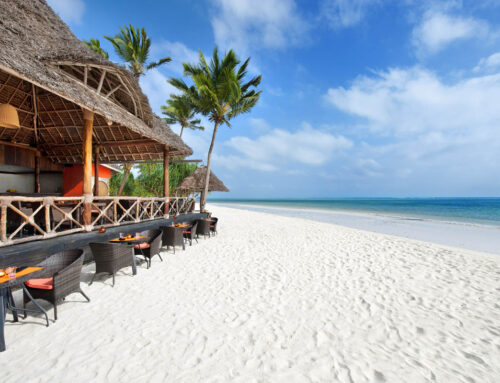Nestled at the base of the Great Rift Valley, Lake Manyara National Park is a jewel of Tanzania’s northern circuit. Famous for its diverse ecosystems and rich wildlife, the park offers visitors a unique glimpse into Africa’s natural beauty. From lush forests to shimmering lakes, here’s a detailed guide to exploring this captivating destination.
Lake Manyara National Park
- A Diverse Ecosystem: Lake Manyara National Park is renowned for its diverse landscapes, which range from dense woodlands to open grasslands and the expansive lake itself. This variety of habitats supports a wide array of wildlife and bird species. The park covers an area of approximately 330 square kilometers, with the lake taking up nearly two-thirds of this space. Its location between the escarpment of the Great Rift Valley and the lake provides a stunning backdrop for wildlife viewing and photography.
- Scenic Beauty: The park is distinguished by its scenic beauty, including the lush forested areas along the western edge and the soda lake that gives the park its name. The lake’s waters often sparkle with the reflections of the surrounding escarpment, creating picturesque views that are perfect for capturing in photographs.
Wildlife Viewing in Lake Manyara
- Rich Birdlife: Lake Manyara is a birdwatcher’s paradise, boasting over 400 species of birds. The park is especially famous for its flocks of flamingos, which gather in large numbers around the lake. Additionally, the park is home to a variety of other bird species, including pelicans, herons, and egrets. Birdwatchers can enjoy observing these species in their natural habitats, making the park an excellent destination for avian enthusiasts.
- Unique Mammals: While the park is smaller compared to others in Tanzania, its compact size means that a wide variety of mammals can be spotted in a short amount of time. Lake Manyara is one of the few places in Africa where you can see tree-climbing lions, though sightings are rare and cannot be guaranteed. The park also hosts elephants, giraffes, buffaloes, and various antelope species, providing diverse wildlife viewing opportunities.
Activities and Attractions
- Game Drives: One of the best ways to explore Lake Manyara is through game drives, which offer the chance to see the park’s wildlife up close. These drives take visitors through different parts of the park, from the dense forests to the open plains and along the lake’s edge. The varied landscapes ensure that every game drive offers something new and exciting.
- Walking Safaris: For a more immersive experience, walking safaris are available in Lake Manyara. Accompanied by a trained guide, visitors can explore the park on foot, gaining a deeper understanding of the local flora and fauna. Walking safaris are ideal for those interested in learning more about the smaller details of the ecosystem that are often missed during vehicle-based safaris.
- Cultural Encounters: In addition to wildlife viewing, Lake Manyara offers opportunities to engage with the local communities. Visitors can learn about the traditions and lifestyles of the indigenous tribes, such as the Maasai, who live in the area surrounding the park. Cultural tours provide insights into the local way of life and enhance the overall safari experience.
Best Time to Visit Lake Manyara
- Seasonal Highlights: The best time to visit Lake Manyara National Park depends on what you wish to experience. The dry season, from June to October, is ideal for wildlife viewing as animals congregate around water sources, making them easier to spot. The wet season, from November to May, brings lush greenery and increased bird activity, particularly in the months of January and February when migratory birds arrive.
- Weather Considerations: During the wet season, the park can become quite muddy, which may affect game drive conditions. However, this time of year offers the chance to witness the dramatic landscapes transformed by rain, as well as the birth of many young animals.
Where to Stay
- Lodges and Camps: Accommodation options around Lake Manyara National Park range from luxury lodges to more budget-friendly campsites. Many lodges offer stunning views of the lake and the escarpment, providing a comfortable and scenic base for your safari. Staying in or near the park ensures easy access to the wildlife and minimizes travel time.
- Choosing the Right Accommodation: When choosing where to stay, consider your preferences for comfort and proximity to the park. Some lodges offer additional amenities such as guided tours, cultural experiences, and spa services, while others provide a more rustic, yet authentic, safari experience.
Getting to Lake Manyara
- Travel Logistics: Lake Manyara National Park is accessible by road from Arusha, which is about a two-hour drive away. There are also options for charter flights to nearby airstrips, which can reduce travel time and offer stunning aerial views of the park’s landscapes.
- Transport Options: For convenience, many safari operators offer packaged tours that include transportation to and from the park. Alternatively, self-drive options are available for those who prefer to explore at their own pace, though a guided tour can enhance your experience with local knowledge and expertise.
Exploring Lake Manyara National Park offers a rich and diverse safari experience, with opportunities for both wildlife viewing and cultural encounters. From the vibrant birdlife and unique tree-climbing lions to the stunning landscapes and local tribes, the park provides a memorable adventure for all types of travelers.
FAQs
1. What animals can I see in Lake Manyara National Park?
You can see a variety of animals including tree-climbing lions, elephants, giraffes, buffaloes, and various antelope species. The park is also renowned for its rich birdlife, including large flocks of flamingos.
2. When is the best time to visit Lake Manyara?
The dry season (June to October) is ideal for wildlife viewing, while the wet season (November to May) offers lush landscapes and increased bird activity.
3. Are walking safaris available in Lake Manyara?
Yes, walking safaris are available and provide an opportunity to explore the park on foot with a knowledgeable guide.
4. What cultural experiences can I enjoy around Lake Manyara?
Visitors can engage with local communities, such as the Maasai, and learn about their traditions and lifestyles through cultural tours.
5. How do I get to Lake Manyara National Park?
Lake Manyara is accessible by road from Arusha or via charter flights to nearby airstrips. Safari operators often offer transportation as part of their packages.
For a remarkable Tanzanian adventure, explore the following highlights on our site:
- Serengeti National Park
- Ngorongoro Crater
- Kilimanjaro National Park
- Mikumi National Park
- Tarangire National Park
Visit our page for detailed information and tips to plan your perfect Tanzanian journey.







Leave A Comment